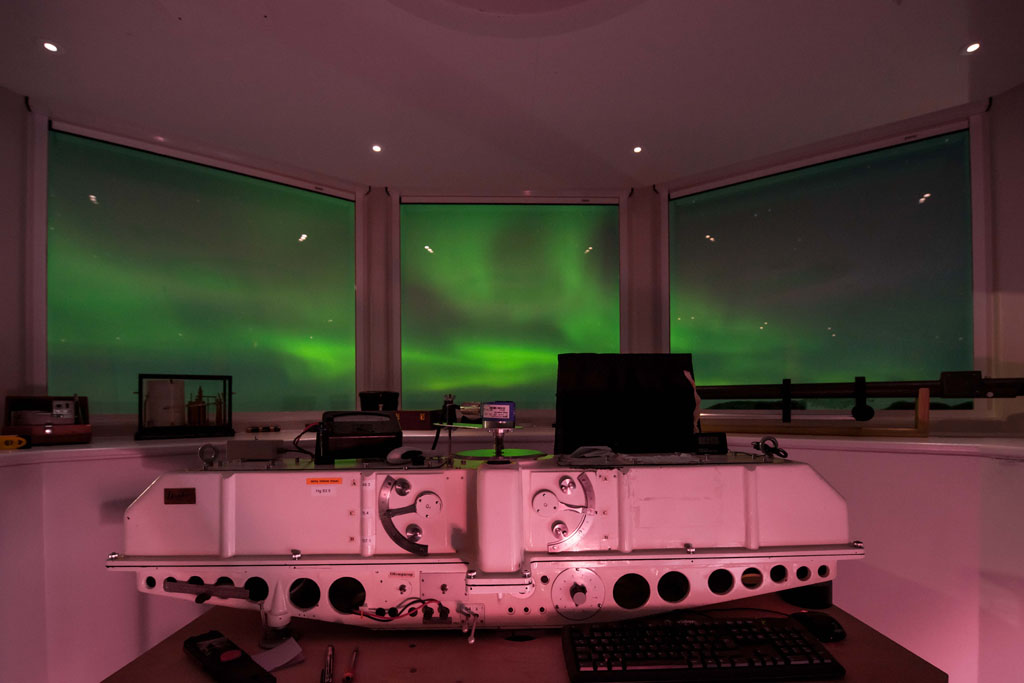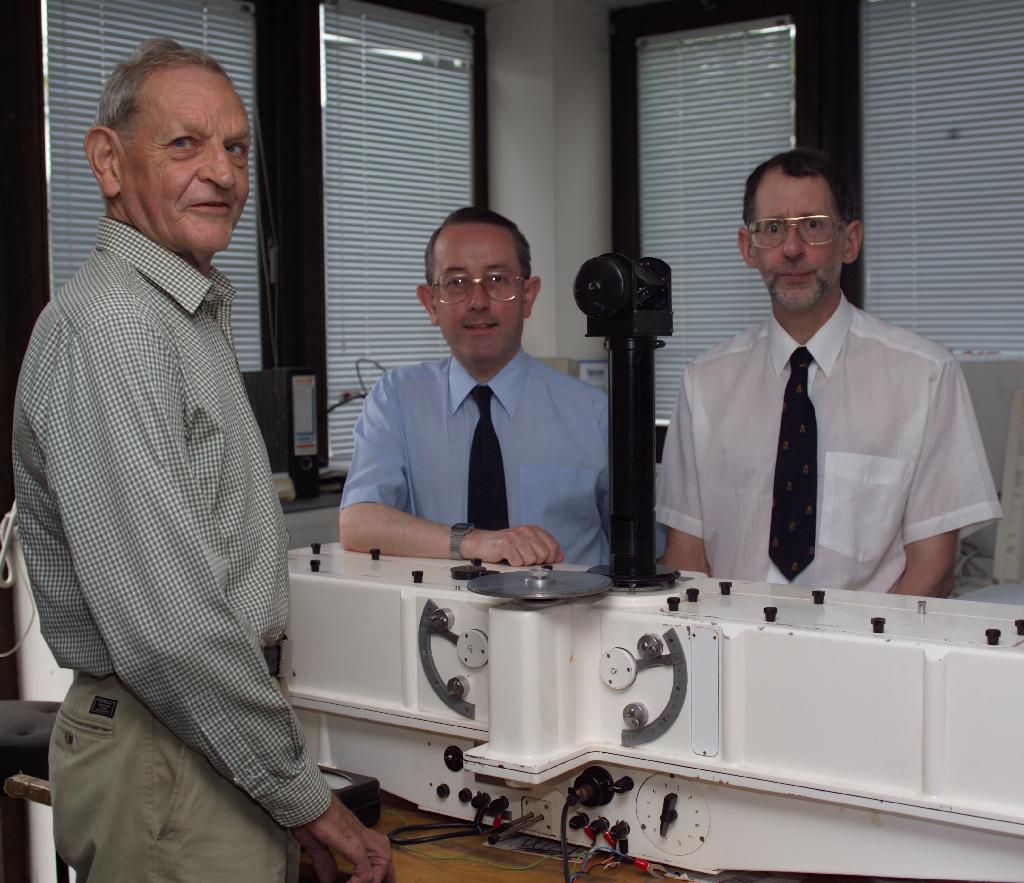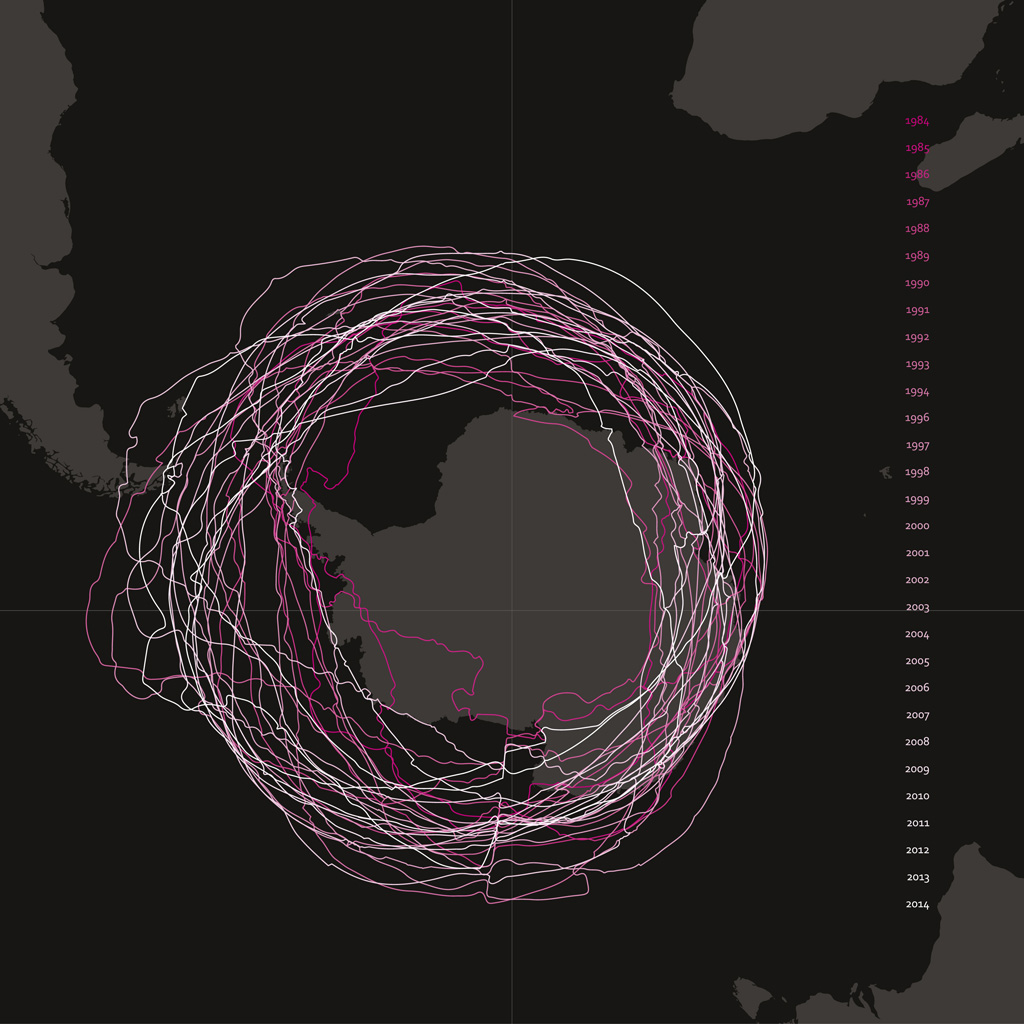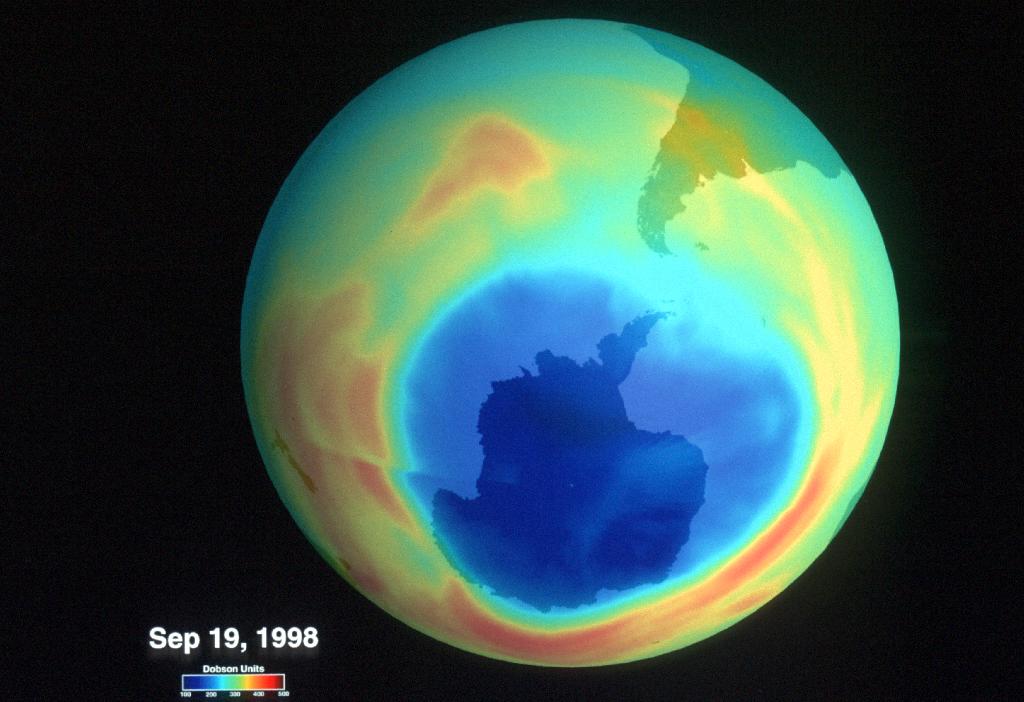NEWS STORY: Ozone hole 30th anniversary
30th Anniversary of the Discovery of Ozone Hole
This week British Antarctic Survey (BAS) commemorates the 30th anniversary of one of its most important scientific discoveries that affected the world – the ozone hole.
In May 1985 reporting in Nature, Joe Farman, Brian Gardiner and Jonathan Shanklin described their observations of large losses of ozone over Antarctica.
Jonathan Shanklin features in a special broadcast of ‘Costing the Earth’ on BBC Radio 4 on Tuesday 12 May at 15:30.


The discovery of the ozone hole alerted the world to the dramatic and major environmental threat. The accumulation of chlorofluorocarbons (CFCs) used in refrigeration and air conditioning systems, and industrial solvents were found to deplete the protective layer of ozone that surrounds the Earth. Action by governments around the world led to the 1987 Montreal Protocol and its amendments, which ensured that production and consumption of CFCs, halons and carbon tetrachloride were phased out by 2000, and methyl chloroform by 2005. All members of the United Nations have now signed the Montreal Protocol. Today, scientists predict that Antarctic ozone levels will return to their 1950s levels by about 2080.
Jonathan Shanklin said,
“This discovery was a crucial reminder of the importance in investing in long-term monitoring, but perhaps the most startling lesson from the ozone hole is just how quickly our planet can change.
“If we hadn’t discovered the hole when we did, and the emission of CFCs had continued, we would have ozone depletion affecting the whole planet giving rise to a big increase in cases of skin cancer and cataracts.”
To mark the occasion BAS has created a graphical artwork on the last 30 years of ozone data.
The new artwork showing 30 years of ozone hole data

About the ozone hole

The Antarctic ozone hole is caused by chlorine and bromine in the atmosphere, which come from chlorofluorocarbons (CFCs) and halons. The hole itself begins to form when sunlight returns at the end of the Antarctic winter, and reaches its largest extent every September, before disappearing again by mid summer. The amount of ozone overhead should follow a regular seasonal pattern. This is what occurred during the first 20 years of BAS measurements, but by the late 1970s clear deviations were observed. In every successive spring the ozone layer was weaker than before, and by 1984 it was clear that the Antarctic stratosphere was progressively changing.
Watch the UNEP film about the discovery of the ozone hole:
Cool Ozone Facts
The ozone hole forms over Antarctica because clouds form in the ozone layer. These clouds can be very beautiful, showing all the colours of a pastel rainbow. These are sometimes called “mother of pearl” or “nacreous” clouds because you can see similar colours in an oyster shell.
The ozone layer was discovered by astronomers. They were looking at the spectra of stars and found that there was missing UV light. The astronomers suggested that there was something in our atmosphere that stopped the light from reaching the surface.
Readings from the Dobson Ozone Spectrophotometer at Halley Research station helped scientists to discover the ozone hole. Built in 1950, this type of instrument is still one of the world standards for measuring ozone from the ground. It uses ultra-violet light from the Sun to measure the amount of ozone in the atmosphere.
Halley station was almost the perfect place to discover the ozone hole. It is far enough north to be able to start observing in late August so we can see the decline to the late September minimum when the ozone hole is deepest. It is also often under the centre of the ozone hole, which is usually offset from the Pole towards the Atlantic. Ozone observations were started almost as soon as the station was first built in 1956 for the International Geophysical Year of 1957/58. We therefore had a continuous record of ozone which will soon span 60 years.
The Montreal Protocol to protect the ozone layer is the most successful UN treaty and all the UN Member States have signed up. As a result the amount of ozone destroying substances in the atmosphere is going down and the ozone layer is beginning to recover.
If we hadn’t banned CFCs and other substances that destroy ozone we would be facing ozone depletion across the planet and global warming would be worse than it already is. As well as catalysing the destruction of ozone these chemicals are also powerful greenhouse gasses.